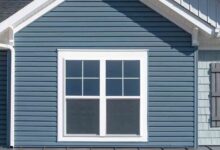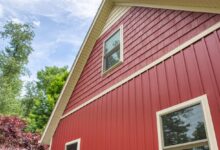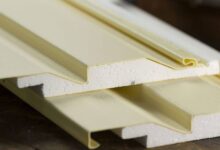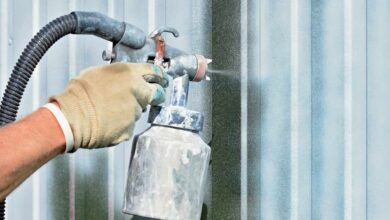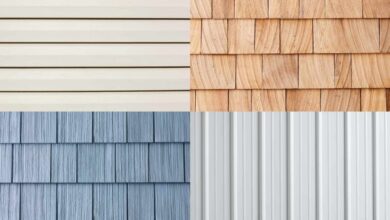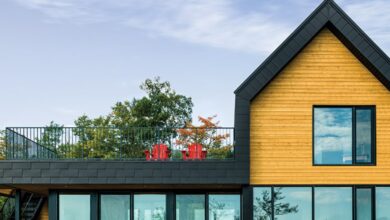Stone Veneer Siding Prices 2025
When considering an exterior upgrade for your home, the appearance and longevity of the materials you choose play a crucial role. Among the most sought-after options in the market today is stone veneer siding, a material that combines elegance, durability, and cost-effectiveness. Stone veneer has gained significant popularity due to its ability to mimic the appearance of real stone while being lightweight and easier to handle. As we approach 2025, it is essential to understand the current stone veneer siding prices, factors that influence those prices, and the benefits that come with choosing this material.
In this guide, we will provide a comprehensive look at stone veneer siding prices for 2025, the various types available in the market, and how these products can transform the look and functionality of your home. Additionally, we will explore several top products, highlighting their features, pros and cons, and where to buy them for the best deals. Let’s dive in and uncover everything you need to know about stone veneer siding in 2025.
Stone Veneer Siding Prices in 2025
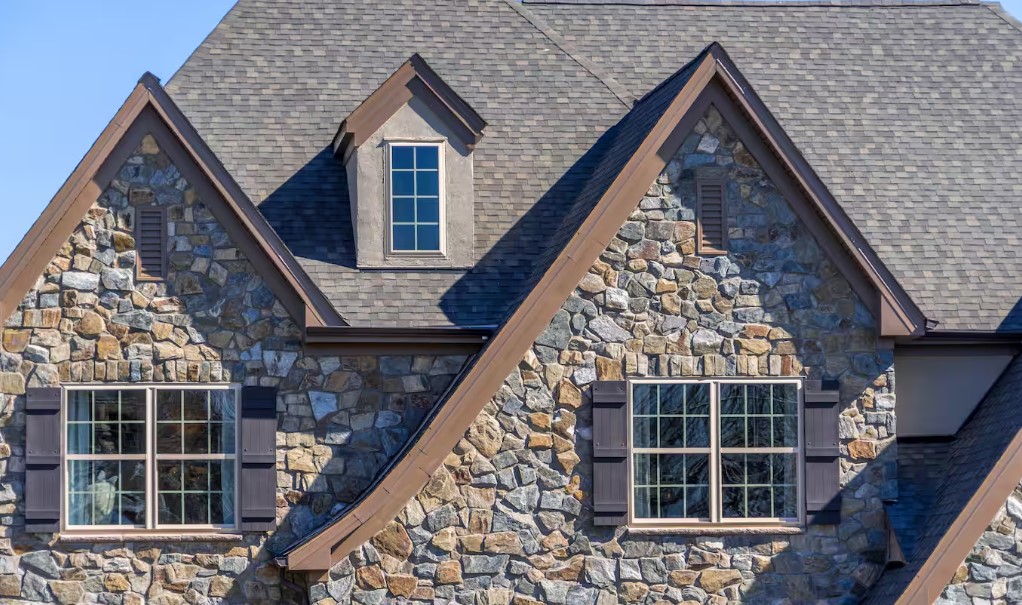
The price of stone veneer siding in 2025 is influenced by several key factors, including the type of stone veneer you choose, its source, installation complexity, and regional price differences. Understanding these variables will help you estimate the total cost of your project and make informed purchasing decisions.
Average Cost of Stone Veneer Siding
On average, homeowners can expect to pay anywhere between $7 to $18 per square foot for the material itself. The price range varies depending on the quality, type, and finish of the veneer. Additionally, installation costs can range from $5 to $10 per square foot based on the complexity of the job and your location. Therefore, the total cost for both materials and installation can range from $12 to $28 per square foot.
Factors Affecting Price
When considering stone veneer siding for your home, several factors influence the final cost of the project. Understanding these elements can help you make informed decisions about the materials and installation options that best suit your budget and needs. Here, we delve into the key factors that affect stone veneer siding prices in 2025.
1. Type of Stone Veneer
One of the primary factors affecting the price of stone veneer is the type of material you choose. There are two main categories of stone veneer: natural stone veneer and manufactured stone veneer.
- Natural Stone Veneer: Made from real stone, natural stone veneer is typically the more expensive option. Its price reflects the process of extracting and cutting the stone, as well as its transportation. Additionally, natural stone veneer requires a skilled labor force to handle the material properly due to its heavy weight and unique installation requirements. For homeowners seeking a high-end, authentic look, natural stone veneer is ideal, but it comes with a higher price tag that can range from $15 to $25 per square foot.
- Manufactured Stone Veneer: Also known as cultured stone, manufactured stone veneer is made from a mix of concrete and aggregates designed to mimic the look of natural stone. While it lacks the authenticity of natural stone, manufactured stone is more affordable and lightweight, making it easier and less expensive to install. Prices for manufactured stone veneer generally range from $8 to $14 per square foot.
2. Quality and Brand of Stone Veneer
Just as with any product, the quality and brand of stone veneer significantly impact the price. Premium brands and higher-quality materials tend to be more expensive due to better craftsmanship, superior durability, and longer-lasting performance. High-end brands, such as Eldorado Stone or Stoneyard, often provide a more refined look, a wider variety of styles and colors, and increased resistance to weather and fading, which makes them more costly. On the other hand, more budget-friendly brands offer less variety and slightly lower durability but remain an excellent option for those seeking value.
3. Geographic Location
The cost of stone veneer siding can vary significantly depending on where you live. In metropolitan areas with high demand for home renovations, material and labor costs tend to be higher. Additionally, the cost of transporting materials from suppliers to your location can increase depending on how far you are from a stone supplier’s base. For instance, if you live in a remote or rural area, the transportation costs for the stone veneer could add a substantial amount to your overall project cost. Urban areas may offer more competitive pricing due to larger supply chains and a greater availability of installers.
4. Size and Scope of the Installation
The size of the area you intend to cover with stone veneer is another major price factor. Larger projects often result in a higher overall cost due to the increased amount of material required and the extended labor hours needed to complete the installation. However, there are advantages to larger projects—often, the cost per square foot decreases with a larger installation, as bulk purchases and more efficient installation can result in savings. Conversely, small projects may not benefit from these economies of scale, and you may end up paying a higher per-square-foot rate.
5. Installation Complexity
The complexity of the installation also plays a significant role in the overall cost. If your home has a simple rectangular or square shape with easy access, installation will be straightforward and less expensive. However, if your home has intricate angles, curves, or hard-to-reach areas, installation can become more time-consuming and labor-intensive, resulting in higher costs. Additionally, if your home requires any additional preparation or modifications to support the weight of the veneer, such as reinforcing the structure or adding moisture barriers, these additional steps will add to the overall project cost.
6. Labor Costs
Labor costs are a critical consideration when determining the total price of your stone veneer project. While stone veneer itself can be a relatively affordable material, the installation process requires specialized knowledge and experience. Skilled laborers are needed to ensure that the veneer is properly affixed, and the installation is seamless. Labor costs can vary greatly based on location, the complexity of the installation, and the experience level of the installers. In areas with a high demand for contractors, such as during peak construction seasons, labor rates may increase.
Types of Stone Veneer Siding
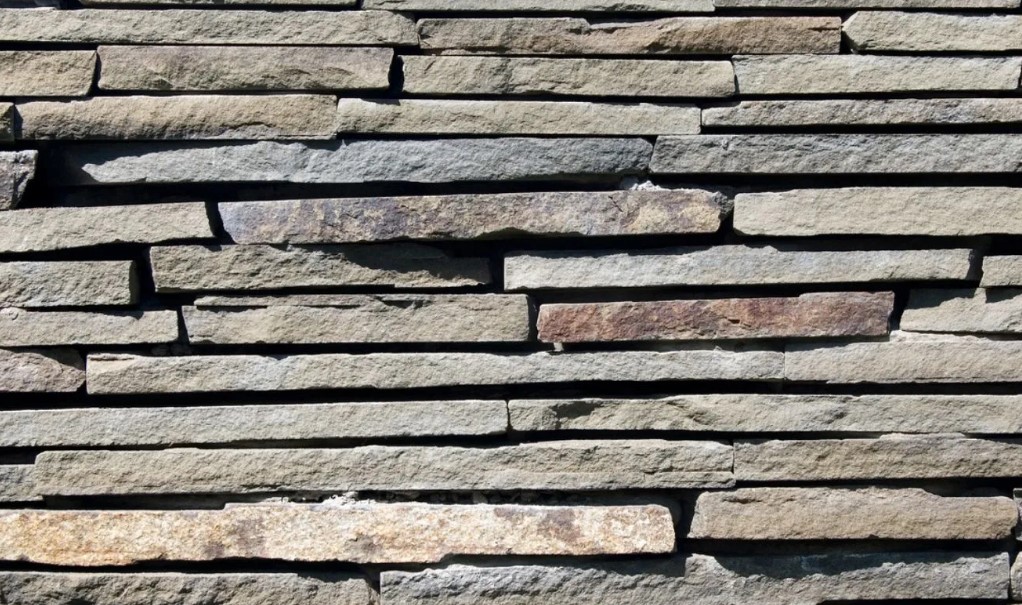
The market offers various types of stone veneer, each suited for different use cases and budgets. Here, we’ll explore three of the most common types: natural stone veneer, manufactured stone veneer, and thin stone veneer.
Natural Stone Veneer
Natural stone veneer is made from real, quarried stone and has the most authentic appearance. It is heavy, durable, and long-lasting, making it an ideal choice for homeowners seeking a genuine stone look.
- Advantages:
- Authentic Look: Offers a high-end appearance with natural textures and colors.
- Long-lasting Durability: Can last for decades if properly maintained.
- Fire Resistance: Resistant to fire, making it an excellent choice for regions prone to wildfires.
- Disadvantages:
- Higher Cost: Natural stone veneer is one of the most expensive types of siding due to the cost of extraction, transportation, and installation.
- Heavy: Requires professional installation and may require additional structural support due to its weight.
Manufactured Stone Veneer
Manufactured stone veneer is a synthetic product made from lightweight concrete and other aggregates that mimic the look of natural stone. It is an affordable option that still provides the elegance of stone without the high price tag.
- Advantages:
- Lower Cost: Manufactured stone veneer is generally less expensive than natural stone.
- Lighter Weight: Easier to install due to its lighter weight, making it a popular choice for DIY projects.
- Variety of Styles: Available in a wide range of textures, colors, and finishes to match various architectural designs.
- Disadvantages:
- Less Authentic Look: While it looks similar to natural stone, it doesn’t have the exact texture and appeal of real stone.
- Susceptible to Weathering: Over time, manufactured stone may wear down or discolor, particularly in harsh weather conditions.
Thin Stone Veneer
Thin stone veneer is a thinner version of natural stone that is designed for easy installation over existing surfaces. It provides the look and feel of real stone without the need for additional structural support.
- Advantages:
- Easy Installation: Since it is thinner and lighter, it’s simpler to install and can be applied to walls that cannot support the weight of full-thickness stone.
- Authentic Appearance: Thin stone veneer retains the authentic texture and aesthetic of real stone.
- Cost-Effective: More affordable than full-thickness stone while still offering many of the same benefits.
- Disadvantages:
- Higher Material Cost: While thinner, it still carries the cost associated with natural stone, making it more expensive than manufactured stone veneer.
- Limited Durability: Although thinner stone can be durable, it is not as resistant to impact and damage as thicker stone products.
Benefits of Choosing Stone Veneer Siding
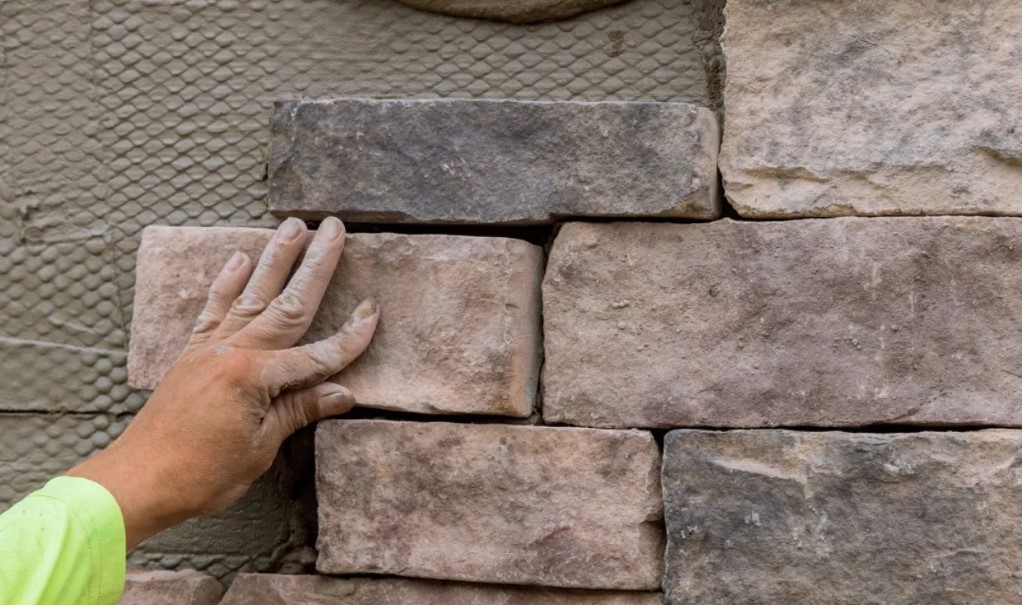
Stone veneer siding offers a variety of benefits, both practical and aesthetic. Let’s explore the major advantages in more detail.
Aesthetic Appeal
Stone veneer provides a striking and elegant look that can enhance the curb appeal of any home. Whether you prefer the rustic charm of natural stone or the sleek, modern appearance of manufactured stone, this material can complement a variety of architectural styles. Its textured surface adds dimension and depth to your home’s exterior, making it visually appealing from every angle.
Durability
One of the key reasons homeowners choose stone veneer is its durability. Whether you select natural stone or manufactured stone, the material is designed to withstand the elements and require little maintenance. Stone veneer is resistant to weathering, mold, mildew, and insects. Moreover, it doesn’t crack or warp like some other materials, such as vinyl or wood siding.
Energy Efficiency
Stone veneer also contributes to the energy efficiency of your home. Its high thermal mass helps regulate indoor temperatures by absorbing heat during the day and releasing it at night. This can help maintain a comfortable indoor climate, reducing the need for heating and cooling, and ultimately lowering energy bills.
Low Maintenance
Stone veneer is incredibly low maintenance. Unlike wood siding, which requires frequent repainting or repairs, stone veneer will not rot, warp, or decay. Cleaning is as simple as occasional pressure washing, and it doesn’t require painting or sealing.
Top Stone Veneer Siding Products for 2025
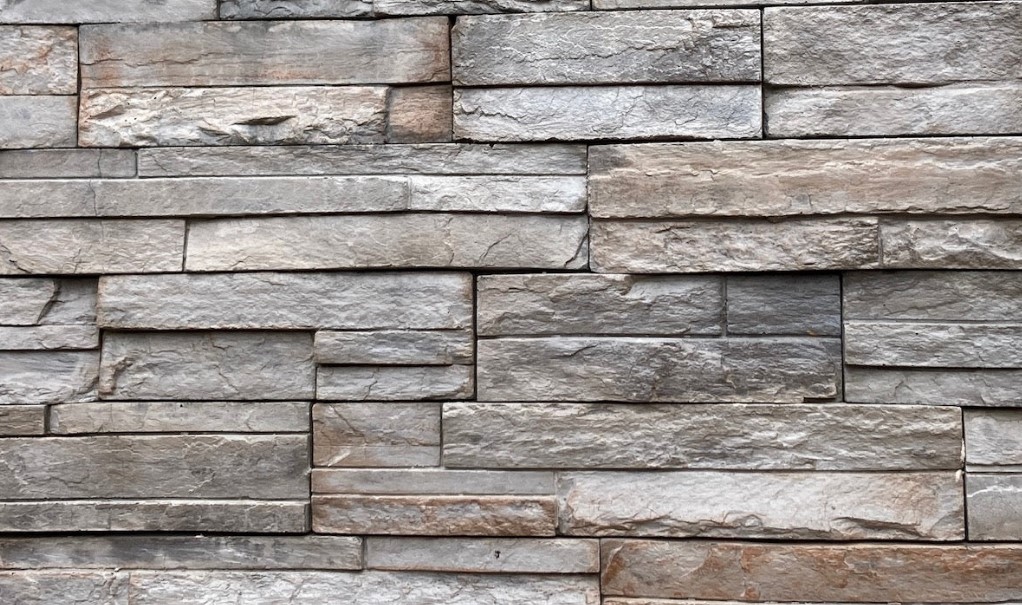
Let’s now explore some of the top stone veneer products available in 2025. These products have been selected based on their quality, durability, and customer feedback.
1. Cultured Stone by Boral
Cultured Stone by Boral offers a wide variety of textures and colors to suit any home. The product is known for its affordability, ease of installation, and versatility.
- Use Case: Suitable for a variety of applications, including exterior walls, fireplaces, and decorative features.
- Features:
- Lightweight and easy to handle
- Available in over 20 styles and a wide range of colors
- Engineered for durability and ease of maintenance
- Price: Ranges from $8 to $14 per square foot, depending on the style and finish.
2. Natural Stone Veneer by Stoneyard
Stoneyard Natural Stone Veneer
Stoneyard provides a top-tier selection of natural stone veneer that adds a touch of authenticity to any home. Their products are ideal for homeowners who want to create a truly luxurious and lasting exterior.
- Use Case: Best for high-end residential and commercial projects, including exteriors, accent walls, and chimneys.
- Features:
- Made from real stone for an authentic look
- Available in several colors and finishes
- Eco-friendly and sustainably sourced
- Price: Typically ranges from $15 to $25 per square foot.
3. Eldorado Stone
Eldorado Stone is a highly reputable brand offering a wide selection of manufactured stone veneer. Known for its realistic appearance and durability, it is a favorite among architects and designers.
- Use Case: Perfect for both residential and commercial applications, such as facades, outdoor kitchens, and landscaping features.
- Features:
- Over 50 stone styles and 20 color choices
- Fire-resistant and weather-resistant
- Easy to install with a lightweight design
- Price: Ranges from $9 to $22 per square foot.
How to Buy Stone Veneer Siding
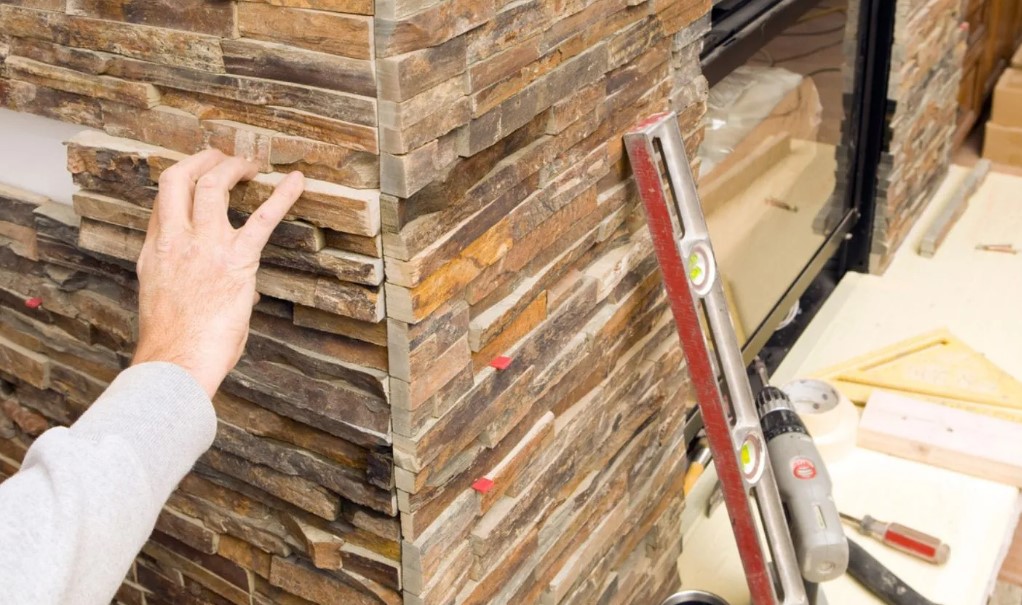
When buying stone veneer siding, there are several ways to make your purchase. You can visit big-box home improvement stores like Home Depot or Lowe’s, or you can explore specialized suppliers like Stoneyard or Eldorado Stone. For those who prefer online shopping, many of these products are available on the respective manufacturer’s websites or through trusted online retailers.
For the best deals, compare prices from different suppliers and contractors to ensure you’re getting a fair price. Also, check for bulk discounts, seasonal sales, and offers on installation.
Frequently Asked Questions
- What is the difference between natural and manufactured stone veneer?
- Natural stone veneer is made from real stone, offering an authentic look but at a higher price. Manufactured stone veneer is made from synthetic materials and is more affordable, lightweight, and easier to install.
- How long does stone veneer siding last?
- Stone veneer can last 50 years or more with proper installation and maintenance. Both natural and manufactured stone veneer are highly durable, resistant to weather, and require minimal upkeep.
- Is stone veneer siding difficult to install?
- While stone veneer is easier to install than full natural stone, it still requires precision. Hiring a professional installer ensures the best results, especially if you choose heavier materials or intricate designs.

